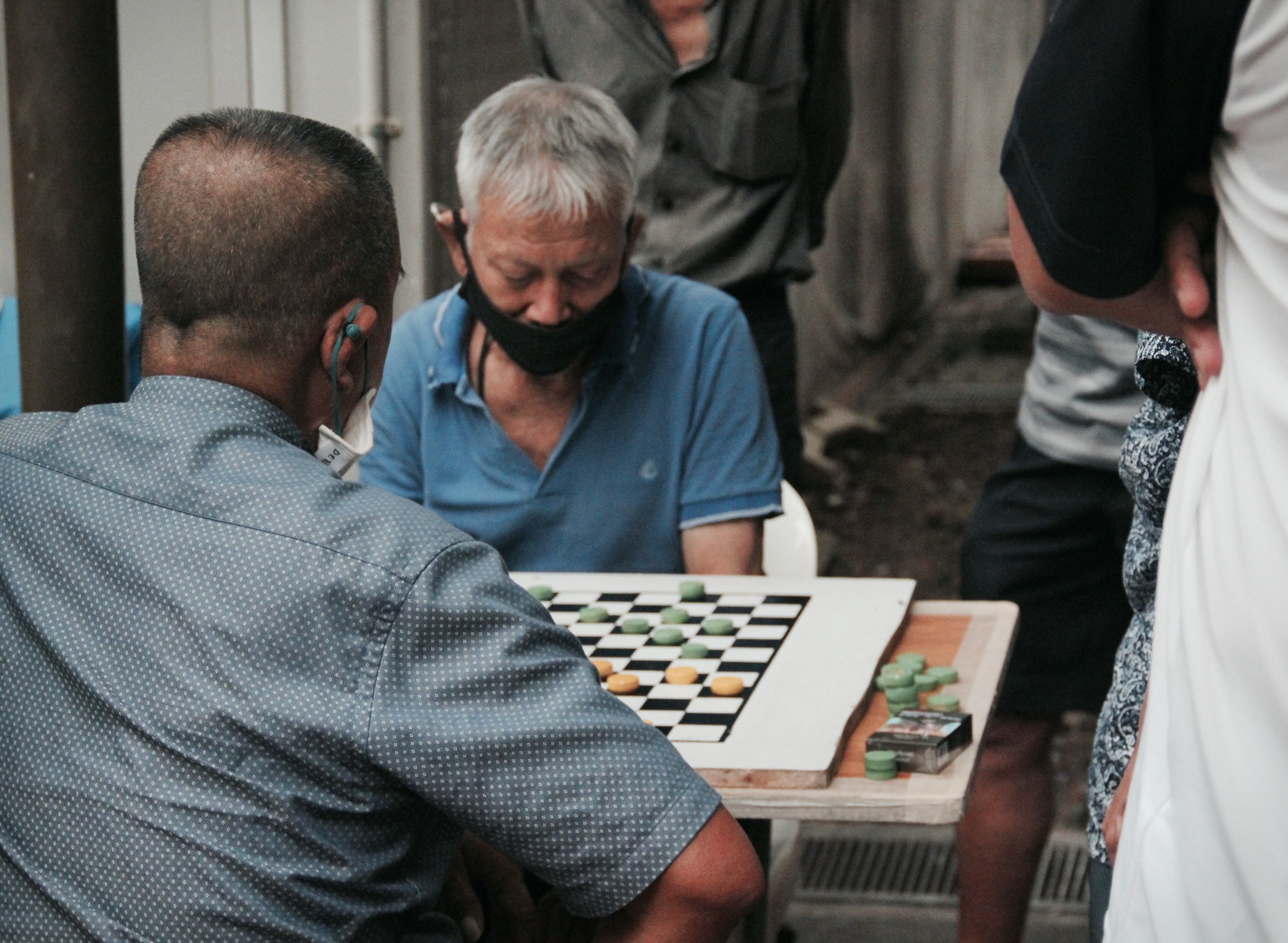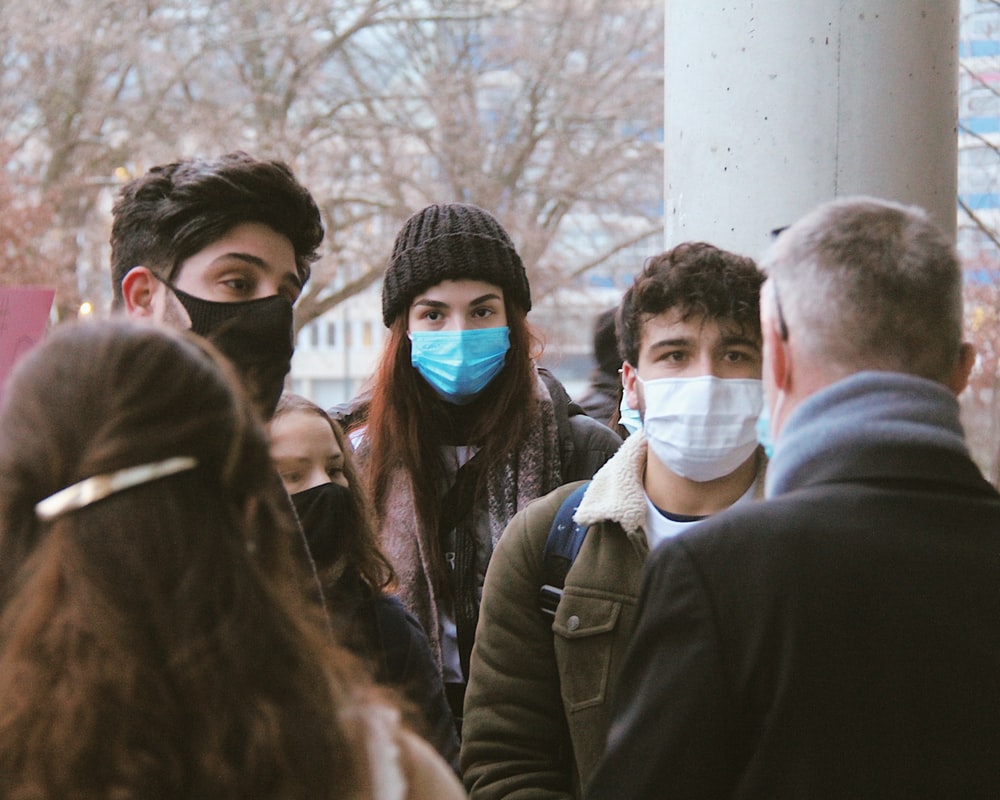The nonlinear dynamics observed in the daily incidence and disease burden were determined not only by introduction of sub-lineages of Omicron, but also by the fluctuating adoption of social distancing measures
Objective:
We modelled emergence and spread of the Omicron variant of SARS-CoV-2 in Australia between December 2021 and June 2022: a pandemic stage which exhibited recurrent waves and a diverse epidemiological profile with emergence of co-circulating sub-lineages of Omicron.
Findings:
Our study revealed that the nonlinear dynamics observed in the daily incidence and disease burden were determined not only by introduction of sub-lineages of Omicron, but also by fluctuations in social distancing behaviour. The analysis also quantified and emphasised indirect effects of COVID-19 on the disease burden in Australia, differentiating between ICU cases and deaths directly attributable to COVID-19 versus those occurring with COVID-19.
View full modelling report
First published: Apr 18, 2023
Centre for Complex Systems & Sydney Institute for Infectious Diseases
The Centre for Complex Systems (CCS) at The University in Sydney studies collective and critical behaviours, with diverse applications ranging from computational epidemiology and systems biology to urban and social dynamics. The CCS has a strategic partnership with The University of Sydney Institute for Infectious Diseases.


